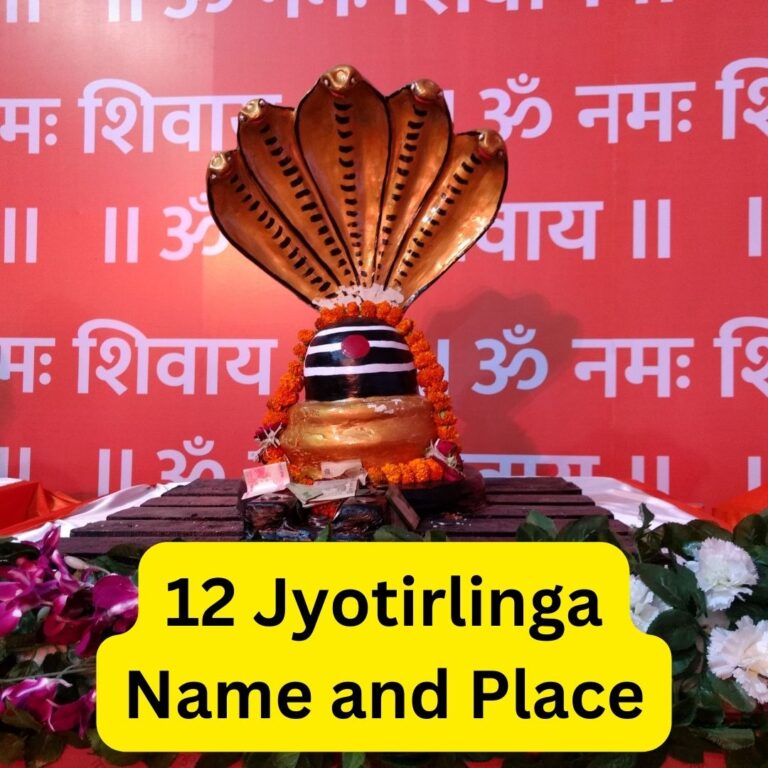Get full information about 12 Jyotirlinga name and place. The 12 jyotirlingas are Shiva’s sacred lingams of light.
The 12 jyotirlingas are the holiest shrines of Lord Shiva, where he is worshipped in the form of a lingam of light. According to Hindu mythology, these shrines mark the places where Shiva appeared as a fiery pillar of light and challenged the supremacy of Brahma and Vishnu. The 12 jyotirlingas and their locations are: Somnath in Gujarat,
- Mallikarjuna in Andhra Pradesh,
- Mahakaleshwar in Madhya Pradesh,
- Omkareshwar in Madhya Pradesh,
- Kedarnath in Uttarakhand,
- Bhimashankar in Maharashtra,
- Vishwanath in Uttar Pradesh,
- Trimbakeshwar in Maharashtra,
- Baidyanath in Jharkhand,
- Nageshwar in Gujarat,
- Rameshwaram in Tamil Nadu
- Grishneshwar in Maharashtra.

Read more Banke Bihari Mandir Timing 2024: Divine abode of Lord Krishna
Read more Kashi Vishwanath Temple Timings: Experience Unforgettable Darshan
Read more Kashi Vishwanath Temple Timings: Experience Unforgettable Darshan
What is Jyotirlinga mean?
The Jyotirlinga, literally translating to “rays of light” of Lord Shiva, are believed to be the holiest Shiva shrines in existence. There are 12 Jyotirlingas in India, each representing a different manifestation of Shiva and having a unique history and legend.
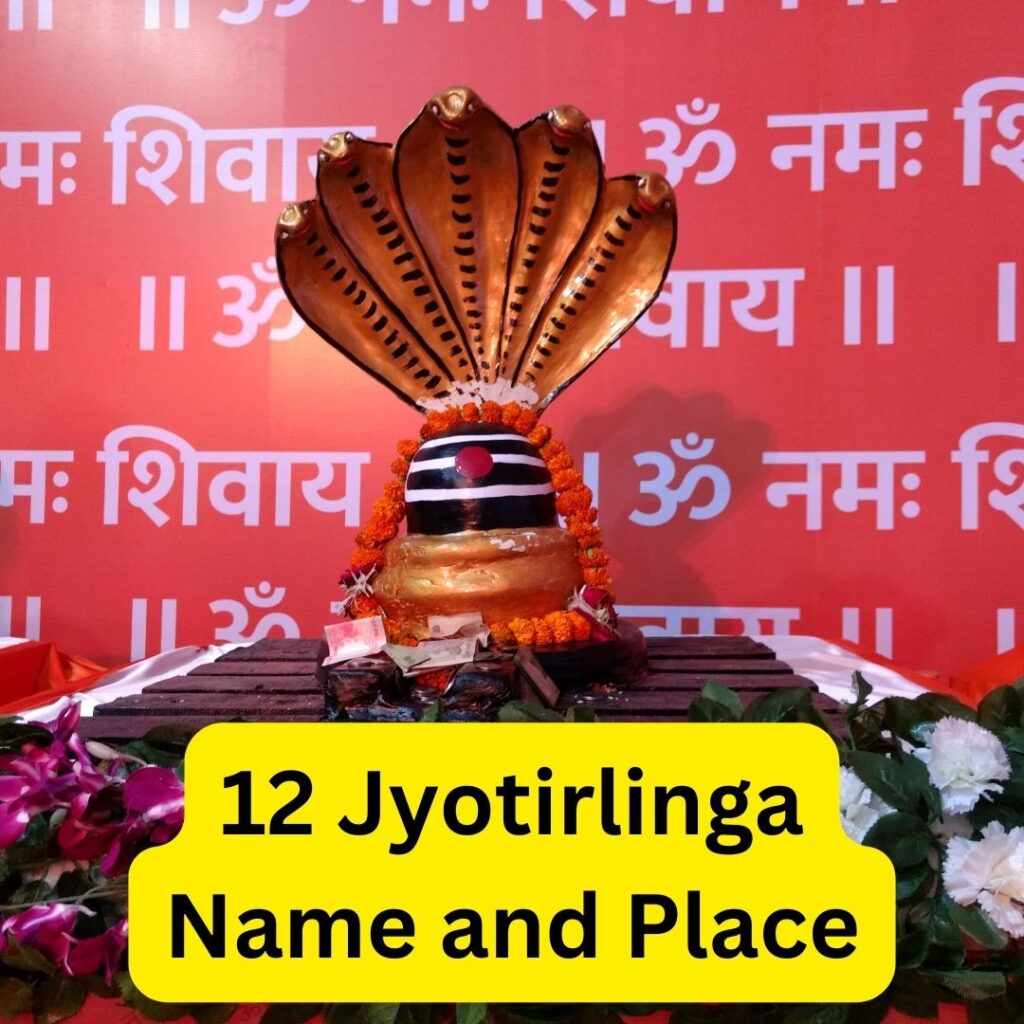
What are 12 Jyotirlinga Name and Place?
Discover the spiritual wonders of India with our comprehensive guide to the 12 Jyotirlinga Name and Place. Uncover the sacred locations and profound significance behind each divine Jyotirlinga as you embark on a journey through the heart of Hindu pilgrimage.
Immerse yourself in the rich tapestry of cultural heritage and spiritual resonance as we unveil the mystical allure of these revered shrines. Explore the essence of devotion and marvel at the architectural splendor that encapsulates the spiritual essence of each Jyotirlinga.
Join us on this enlightening odyssey, where ancient traditions and divine energies converge to create an unforgettable pilgrimage experience. Here is the list of 12 jyotirlinga name with place
| Jyotirlinga Name | Jyotirlinga Place | Significance |
| Somnath | Gir, Gujarat | The first and the most ancient Jyotirlinga. The protector of India from the Arabian Sea. |
| Mallikarjuna | Srisailam, Andhra Pradesh | The second Jyotirlinga. The place where Shiva and Parvati pacified their son Kartikeya. |
| Mahakaleshwar | Ujjain, Madhya Pradesh | The third Jyotirlinga. The lord of time and death who killed the demon Dushana. Famous for the Bhasma Aarti. |
| Omkareshwar | Khandwa, Madhya Pradesh | The fourth Jyotirlinga. The source of the sacred Om sound. The place where Shiva trapped the river Ganga in his hair. |
| Baidyanath | Deoghar, Jharkhand | The fifth Jyotirlinga. The lord of physicians who cured Ravana’s wounds. The place where Ravana failed to uproot the linga. |
| Bhimashankar | Maharashtra | The sixth Jyotirlinga. The lord of strength who killed the demon Bhima. The origin of the Bhima river. |
| Ramanathaswamy | Rameshwaram, Tamil Nadu | The seventh Jyotirlinga. The lord of Rama who was worshipped by him after killing Ravana. The place where Rama made a linga from sand. |
| Nageshwar | Dwarka, Gujarat | The eighth Jyotirlinga. The lord of snakes who protected a devotee named Supriya from a demon named Daruka. The protector from all kinds of poison. |
| Kashi Vishwanath | Varanasi, Uttar Pradesh | The ninth Jyotirlinga. The supreme among all the Jyotirlingas. The place where Shiva declared that whoever dies in Kashi will attain liberation. |
| Trimbakeshwar | Nashik, Maharashtra | The tenth Jyotirlinga. The lord of the three streams, Godavari, Gautami and Gayatri. The place where Shiva atoned for the sin of killing a cow. |
| Kedarnath | Rudraprayag, Uttarakhand | The eleventh Jyotirlinga. The highest among the Jyotirlingas. The place where Shiva appeared as a bull and hid in the Himalayas. Part of the Panch Kedar circuit. |
| Grishneshwar | Aurangabad, Maharashtra | The twelfth and the last Jyotirlinga. The lord of Ghushma, a devout woman who worshipped Shiva with clay lingas. The place where Shiva restored the life of Ghushma son. |
Somnath Jyotirlinga in Gujarat
Somnath Jyotirlinga is located in the coastal town of Somnath in Gujarat. It is the first Jyotirlinga and the most ancient of the 12 Jyotirlingas.

According to legend, the moon god Chandra worshipped Shiva at this place to get rid of his curse of waning. Shiva blessed him and restored his full brightness.
The temple of Somnath has been destroyed and rebuilt several times by foreign invaders, but the faith of the devotees remains intact.
Somnath Jyotirlinga is also known as the protector of India, as it faces the Arabian Sea.
Mallikarjuna Jyotirlinga in Andhra Pradesh
Mallikarjuna Jyotirlinga is situated on the Shri Shaila mountain in Srisailam, Andhra Pradesh. It is the second Jyotirlinga of the 12 Jyotirlingas.

According to legend, Shiva and Parvati decided to test their sons, Ganesha and Kartikeya, by asking them to circumambulate the world. Kartikeya left on his peacock, while Ganesha circled his parents, saying that they are his world.
Shiva and Parvati were pleased with Ganesha and gave him a fruit as a reward. Kartikeya felt cheated and left for the Shri Shaila mountain. Shiva and Parvati followed him and took the form of Mallikarjuna and Bramaramba, to pacify him. Mallikarjuna Jyotirlinga is also revered as the place where Shiva and Parvati reside.
Mahakaleshwar Jyotirlinga in Madhya Pradesh
Mahakaleshwar Jyotirlinga is located in the city of Ujjain in Madhya Pradesh. It is the third Jyotirlinga of the 12 Jyotirlingas.
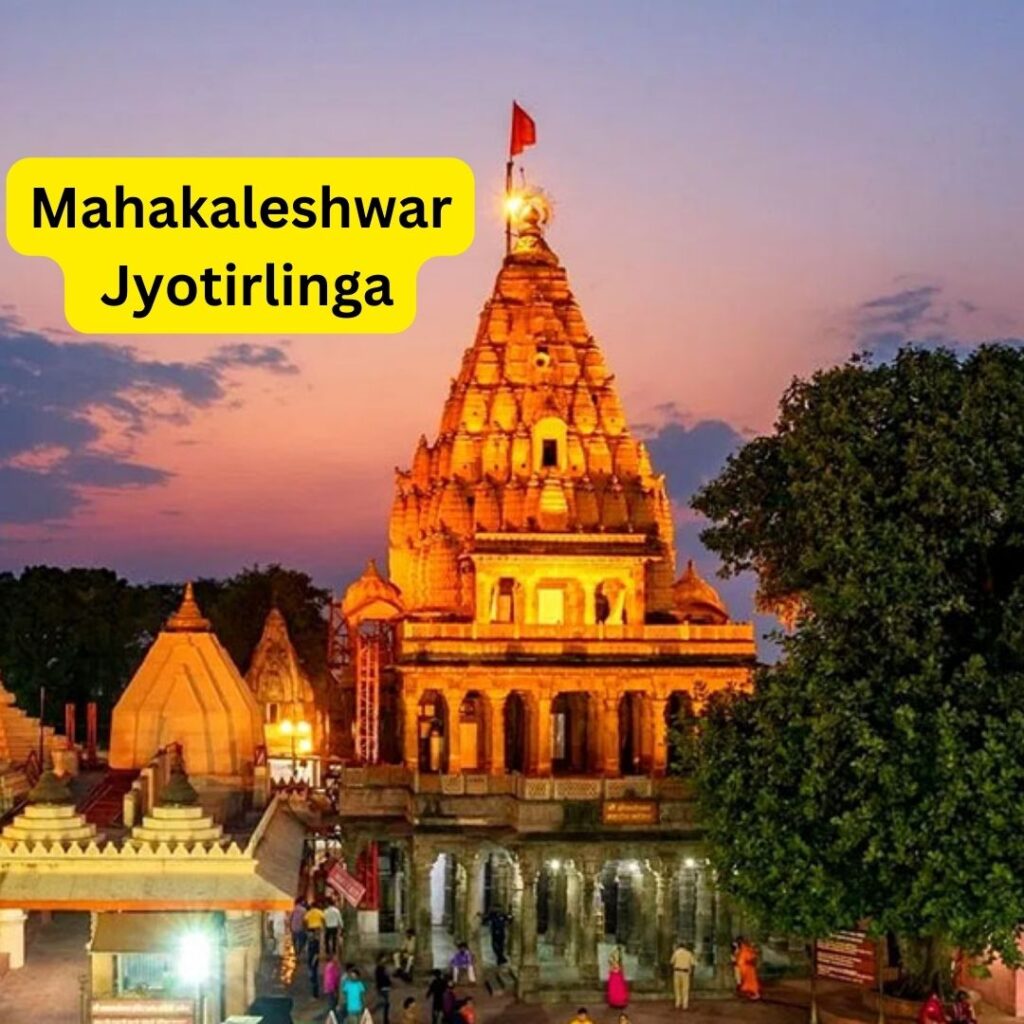
According to legend, a demon named Dushana tormented the people of Ujjain and tried to destroy the city. A devotee named Shrikhar prayed to Shiva to save the city. Shiva heard his prayer and appeared as Mahakala, the lord of time and death, and killed the demon.
Mahakaleshwar Jyotirlinga is also famous for the ritual of Bhasma Aarti, in which the linga is worshipped with sacred ash every morning.
Learn More Mahakal Garbh Grah Darshan Ujjain: A Divine Experience
Learn More Mahakaleshwar Garbh Grah Darshan Ticket Price 2023: Everything You Need to Know
Omkareshwar Jyotirlinga in Madhya Pradesh
Omkareshwar Jyotirlinga is situated on an island in the Narmada river in Khandwa, Madhya Pradesh. It is the fourth Jyotirlinga of the 12 Jyotirlingas.
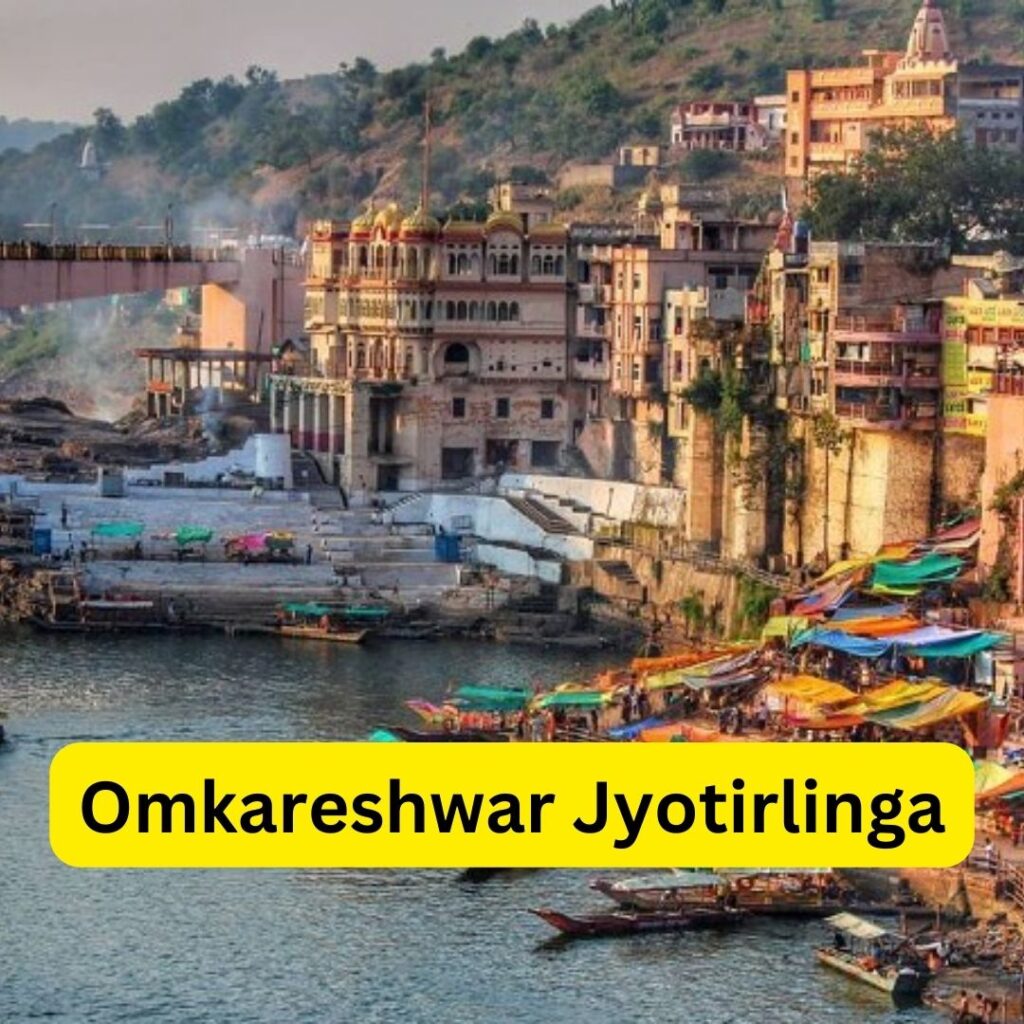
According to legend, the Vindhya mountain was proud of its height and wanted to surpass the Meru mountain. It worshipped Shiva and asked him to stay on its peak. Shiva agreed, but on the condition that the Vindhya mountain would not grow further. However, the Vindhya mountain broke its promise and continued to grow. The sage Agastya visited the Vindhya mountain and asked it to bow down to him, as he was carrying Shiva on his palm in the form of Omkareshwar. The Vindhya mountain obliged and remained in that position till today.
Omkareshwar Jyotirlinga is also known as the source of the sacred Om sound.
Baidyanath Jyotirlinga in Jharkhand
Baidyanath Jyotirlinga is located in the town of Deoghar in Jharkhand. It is the fifth Jyotirlinga of the 12 Jyotirlingas.

According to legend, the demon king Ravana wanted to obtain immortality by worshipping Shiva. He performed a severe penance and offered his ten heads to Shiva. Shiva was pleased and gave him a Jyotirlinga, with the instruction that he should not place it on the ground until he reaches his destination. On his way, Ravana felt the need to relieve himself and handed over the Jyotirlinga to a cowherd boy, who was actually Vishnu in disguise. Vishnu placed the Jyotirlinga on the ground and it got fixed there. Ravana tried to uproot it, but failed.
The Jyotirlinga came to be known as Baidyanath, the lord of physicians, as it cured Ravana’s wounds.
Bhimashankar Jyotirlinga in Maharashtra
Bhimashankar Jyotirlinga is situated in the Sahyadri hills in Maharashtra. It is the sixth Jyotirlinga of the 12 Jyotirlingas.
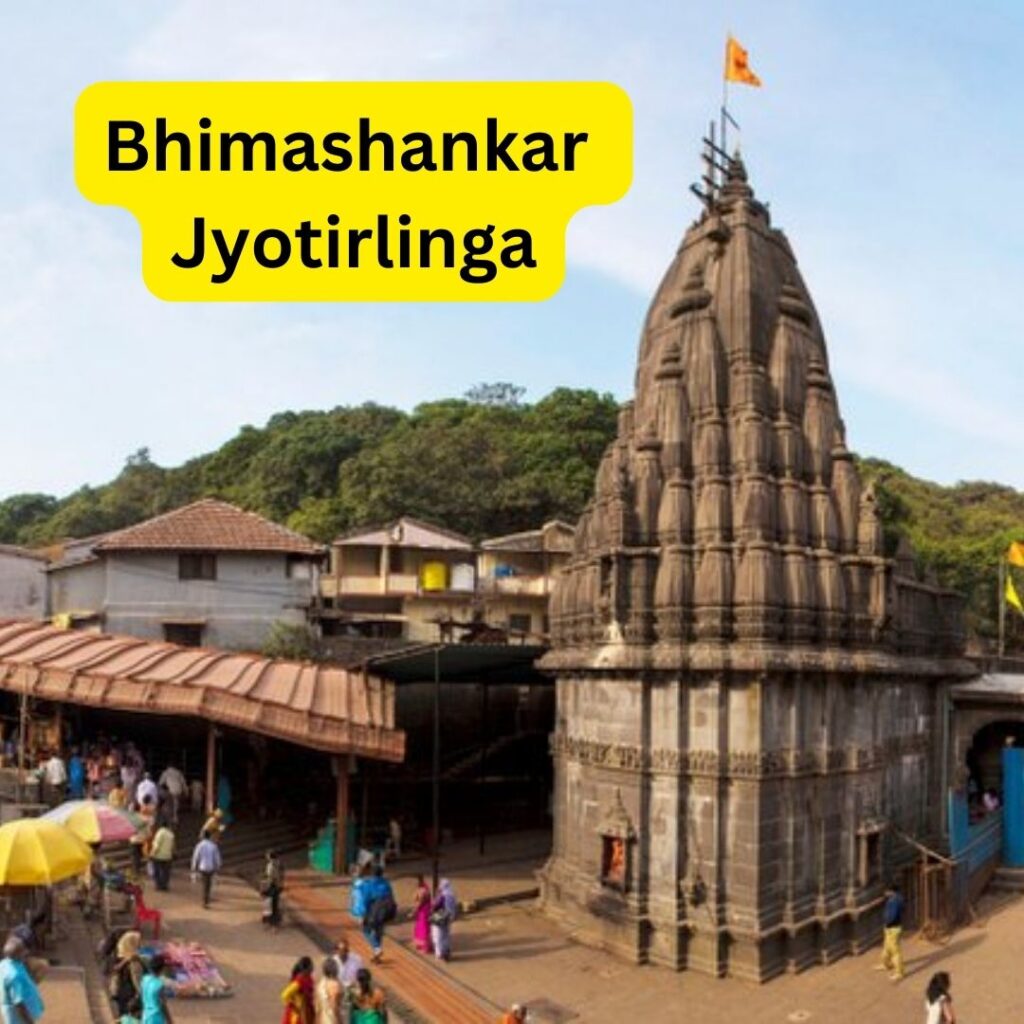
According to legend, a demon named Bhima was the son of Kumbhakarna, the brother of Ravana. He wanted to avenge his father’s death by killing Rama and his descendants. He attacked the kingdom of Kamrupa, where the king was a devotee of Shiva. The king prayed to Shiva for help, and Shiva appeared as Bhimashankar, the lord of strength, and killed the demon.
Bhimashankar Jyotirlinga is also associated with the origin of the Bhima river, which flows from the hills.
Ramanathaswamy Jyotirlinga in Tamil Nadu
Ramanathaswamy Jyotirlinga is located in the island of Rameshwaram in Tamil Nadu. It is the seventh Jyotirlinga of the 12 Jyotirlingas.

According to legend, Rama, the avatar of Vishnu, wanted to worship Shiva after killing the demon king Ravana, who was a devotee of Shiva. He asked Hanuman, his loyal servant, to bring a linga from the Himalayas. However, Hanuman took a long time, and Rama decided to make a linga from the sand with the help of his wife Sita. Hanuman returned with the linga, but Rama had already installed the sand linga. To pacify Hanuman, Rama placed the linga brought by Hanuman next to the sand linga, and worshipped both of them.
The sand linga came to be known as Ramanathaswamy, the lord of Rama, and the linga brought by Hanuman came to be known as Viswalingam.
Nageshwar Jyotirlinga in Gujarat
Nageshwar Jyotirlinga is situated near the town of Dwarka in Gujarat. It is the eighth Jyotirlinga of the 12 Jyotirlingas.
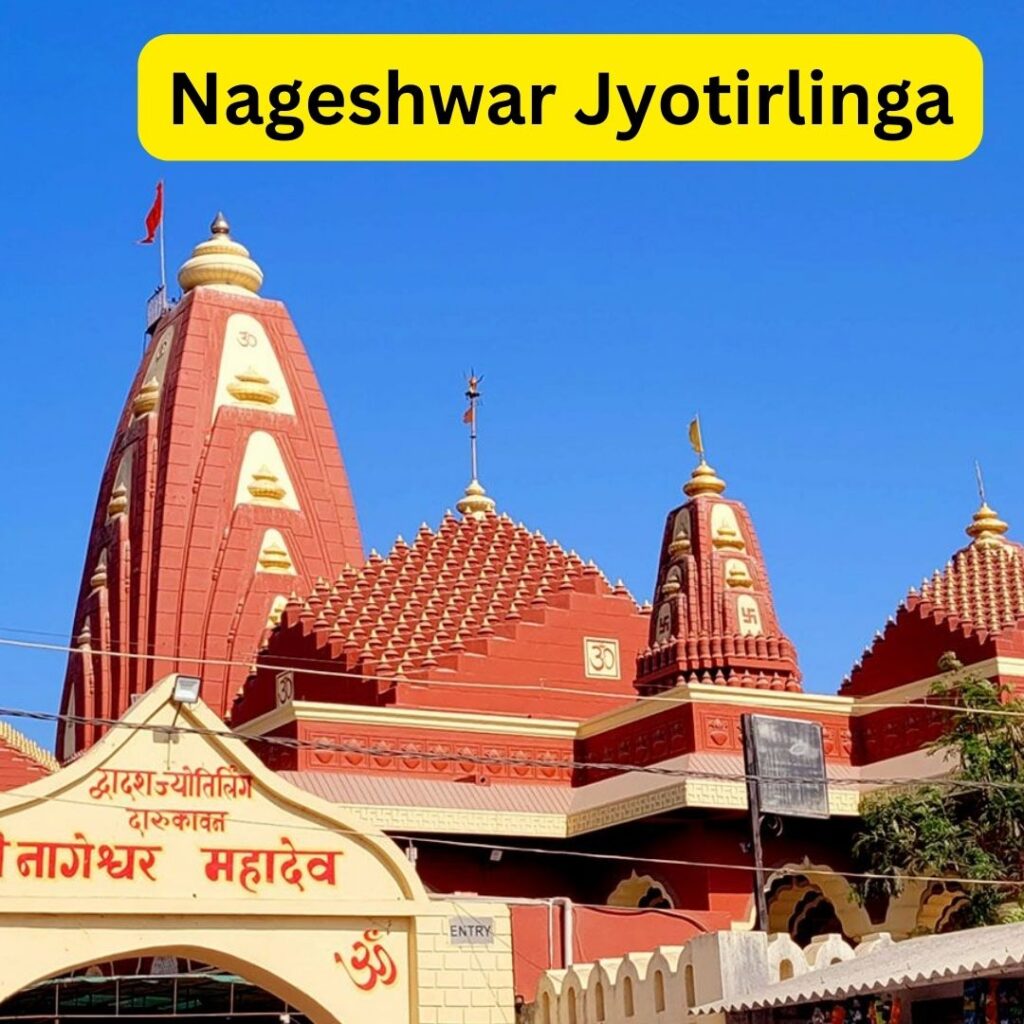
According to legend, a devotee named Supriya was captured by a demon named Daruka, who had a boon from Shiva that he could not be killed by anyone. Supriya advised the other prisoners to chant the name of Shiva and gave them a linga to worship. Shiva was pleased and appeared as Nageshwar, the lord of snakes, and killed the demon.
Nageshwar Jyotirlinga is also believed to protect the devotees from all kinds of poison.
Kashi Vishwanath Jyotirlinga in Uttar Pradesh
Kashi Vishwanath Jyotirlinga is located in the holy city of Varanasi in Uttar Pradesh. It is the ninth Jyotirlinga of the 12 Jyotirlingas.
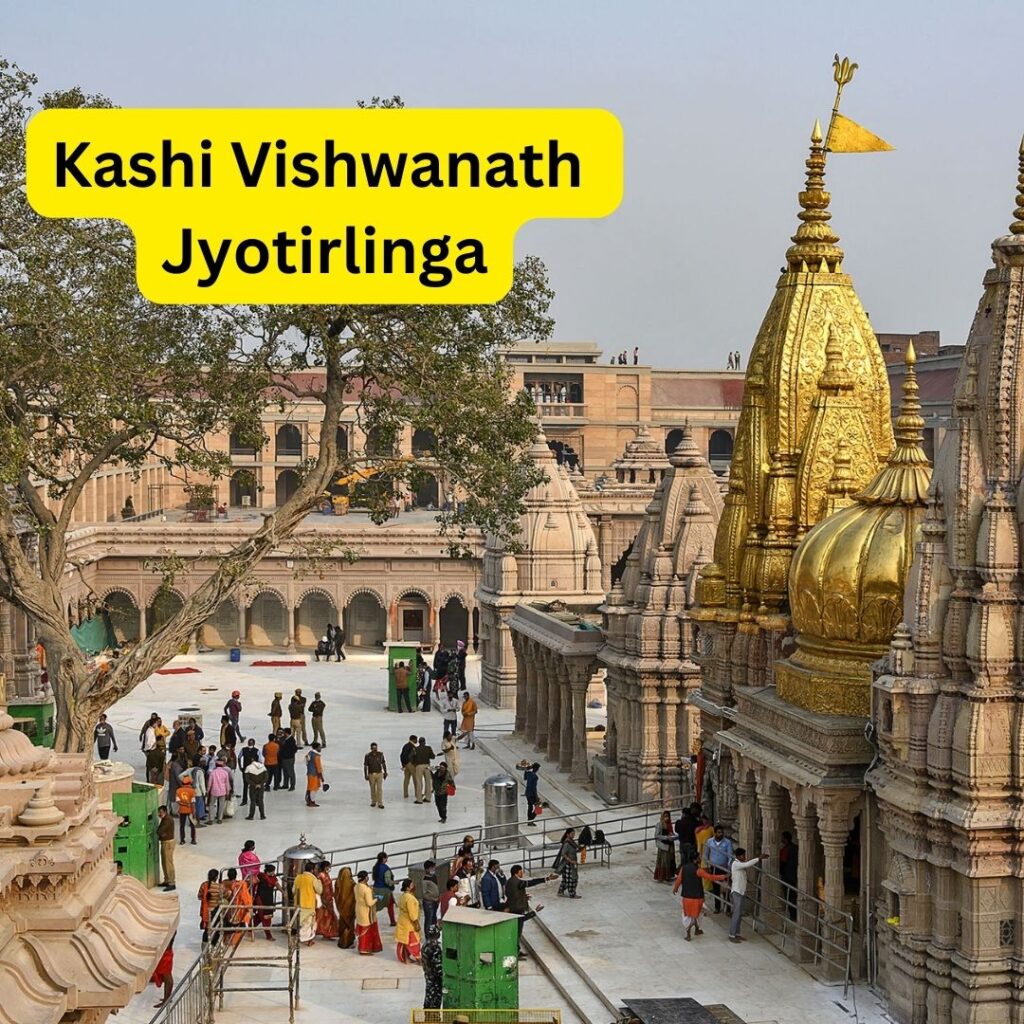
According to legend, Shiva and Parvati visited the city of Kashi, which was the abode of Vishnu. Vishnu welcomed them and showed them his city. Shiva was impressed by the city and decided to stay there. He took the form of a Jyotirlinga and said that whoever dies in Kashi will attain liberation.
Kashi Vishwanath Jyotirlinga is also considered as the supreme among all the Jyotirlingas, as it bestows the highest blessings to the devotees.
Trimbakeshwar Jyotirlinga in Maharashtra
Trimbakeshwar Jyotirlinga is located in the town of Trimbak in Maharashtra. It is the tenth Jyotirlinga of the 12 Jyotirlingas.

According to legend, the sage Gautama and his wife Ahalya lived in this place and worshipped Shiva. Once, a cow accidentally entered their ashram and died. The sage was accused of killing the cow and was cursed with a drought. To atone for his sin, he performed a penance and brought the river Ganga from the heaven. However, the river flooded the place and threatened to submerge the whole world. Shiva intervened and trapped the river in his matted hair, and released it in three streams, namely Godavari, Gautami and Gayatri.
Shiva also manifested as a Jyotirlinga and came to be known as Trimbakeshwar, the lord of the three streams.
Kedarnath Jyotirlinga in Uttarakhand
Kedarnath Jyotirlinga is situated in the Himalayas in Uttarakhand. It is the eleventh Jyotirlinga of the 12 Jyotirlingas.

According to legend, the Pandavas, the heroes of the Mahabharata, after having defeated the Kauravas, felt guilty of having killed so many people and sought the blessings of Lord Shiva for redemption. The Lord eluded them repeatedly and took refuge at Kedarnath in the form of a bull.
The Lord dived into the ground, leaving his hump on the surface at Kedarnath. The remaining portions of Lord Shiva appeared at four other places and are worshipped there as his manifestations.
The arms of the Lord appeared at Tungnath, the face at Rudranath, the belly at Madmaheshwar and his locks (hair) at Kalpeshwar. The Kedarnath and four above mentioned shrines make the revered Panch Kedar pilgrimage circuit
Kedarnath Jyotirlinga is also the highest among the 12 Jyotirlingas, situated at an altitude of 3,583 meters above sea level.
Grishneshwar Jyotirlinga in Maharashtra
Grishneshwar Jyotirlinga temple is located near the Ellora caves in Aurangabad, Maharashtra. It is the twelfth Jyotirlinga and the last of the 12 Jyotirlingas.

According to legend, a devout woman named Ghushma worshipped Shiva with great devotion and offered him a linga made of clay every day. Her son was killed by her sister-in-law out of jealousy, but Ghushma did not lose her faith and continued her worship. Shiva was pleased and restored her son’s life. He also appeared as a Jyotirlinga and came to be known as Grishneshwar, the lord of Ghushma.
Learn More Shree Hanuman Chalisa Lyrics in Hindi: Powerful Chalisa
Conclusion
The 12 Jyotirlinga Name and Place guide offers a profound glimpse into the spiritual tapestry of India. From the holy realms of Kashi Vishwanath to the tranquil shores of Somnath, each Jyotirlinga stands as a testament to the rich cultural heritage and unwavering devotion ingrained in the fabric of our history.
As we close this exploration, may the divine energy and sacred significance of these twelve shrines inspire a sense of reverence and awe. Whether you’re a pilgrim seeking spiritual solace or a curious traveler delving into the roots of Hinduism, the journey through the 12 Jyotirlingas leaves an indelible mark, connecting us to the timeless essence of faith and tradition.
Remember: These are the 12 Jyotirlingas in India, each having a unique story and significance. Visiting these shrines is considered to be a great way to attain the blessings of Lord Shiva and experience his divine presence. If you are a devotee of Shiva or a lover of spirituality, you should definitely plan a trip to these 12 Jyotirlingas in India.
Frequently Asked Questions ( FAQs) about the 12 Jyotirlingas
Q.1 What are the 12 Jyotirlingas name and place?
Ans: The 12 Jyotirlingas in India are Somnath, Nageshwar, Bhimashankar, Trimbakeshwar, Grishneshwar, Vaidyanath, Mahakaleshwar, Omkareshwar, Kashi Vishwanath, Kedarnath, Rameshwaram, and Mallikarjuna.
Q.2 What is the best time to visit the Jyotirlingas?
Ans: Each Jyotirlinga has its own auspicious time for darshan, but generally, the winter months (October to February) are considered ideal for most locations, offering pleasant weather and avoiding peak crowds. Some temples like Kedarnath have specific opening and closing seasons due to their high altitude.
Q.3 Can I visit all 12 Jyotirlingas in one trip?
Ans: While technically possible, visiting all 12 Jyotirlingas in one trip would be a highly intense and exhausting experience. It’s more recommended to plan dedicated pilgrimages for each shrine, allowing time for deeper immersion in the local culture and spiritual atmosphere.
Q.4 Are there any special rituals or offerings for the Jyotirlingas?
Ans: Each temple has its own specific rituals and offerings, but generally, milk, abhishekam (bathing the lingam), flowers, and bel leaves are common offerings. Consult temple authorities or local priests for guidance on specific rituals.
Q.5 What travel documents do I need to visit the Jyotirlingas?
Ans: A valid ID proof is necessary for visiting all Jyotirlingas within India. Some remote locations like Kedarnath may require additional permits or registration. If visiting from abroad, you will need a valid passport and visa.
Q.6 Are there any dress codes for visiting the Jyotirlingas?
Ans: Respectful attire is expected at all Jyotirlingas. Avoid wearing revealing clothing, shorts, or sleeveless shirts. Men should remove their headwear, and women should cover their heads in some temples.
Q.7 Are there any restrictions for non-Hindus visiting the Jyotirlingas?
Ans: Non-Hindus are generally welcome to visit most Jyotirlingas for sightseeing and cultural appreciation. However, some restrictions might apply during specific rituals or ceremonies.
Q.8 Can I take photographs inside the Jyotirlinga temples?
Ans: Photography is usually allowed in the outer courtyards of the temples, but it’s best to check with the temple authorities about specific restrictions in the inner sanctum or near the lingam. Maintaining silence and respecting the sanctity of the space is crucial.
Q.9 Are there any accommodation options near the Jyotirlingas?
Ans: Most Jyotirlinga locations offer a range of accommodation options, from budget dharamshalas and guesthouses to luxury hotels. Booking in advance during peak season is advisable.
Q.10 How can I plan a pilgrimage to the Jyotirlingas?
Ans: Several travel agencies and tour operators specialize in organizing Jyotirlinga pilgrimages. Alternatively, you can plan your own journey by researching transportation options, accommodation, and temple opening hours.
Q.11 What are some spiritual benefits of visiting the Jyotirlingas?
Ans: Visiting the Jyotirlingas is believed to bring blessings of peace, prosperity, and liberation. Devotees often seek fulfillment of wishes, healing, and spiritual rejuvenation. Ultimately, the pilgrimage experience is deeply personal and offers a unique opportunity for introspection and connection with the divine.
Note: Remember, these are just top trends, and specific details might vary for each Jyotirlinga. Always research your chosen pilgrimage destination for the latest information and requirements.
